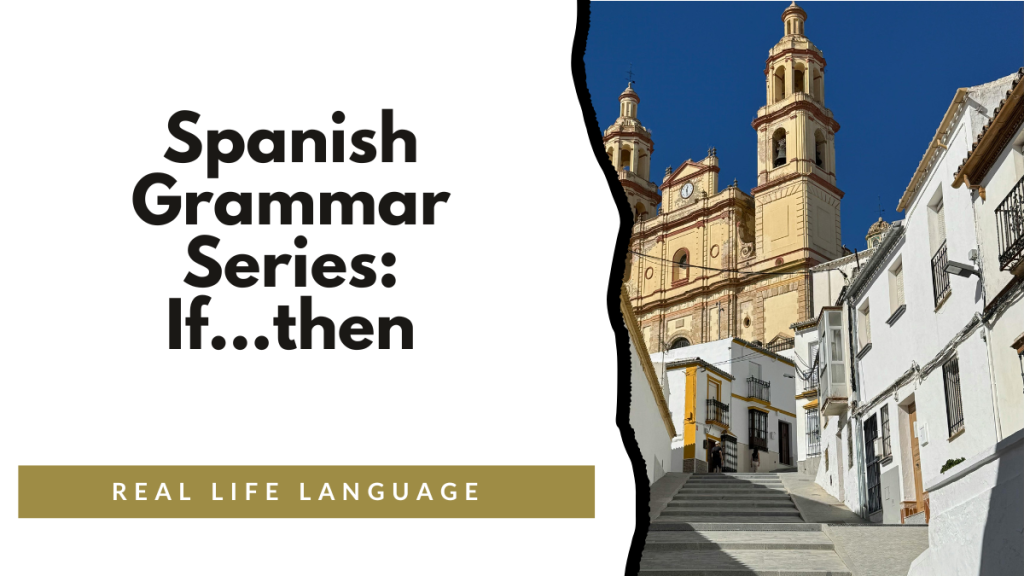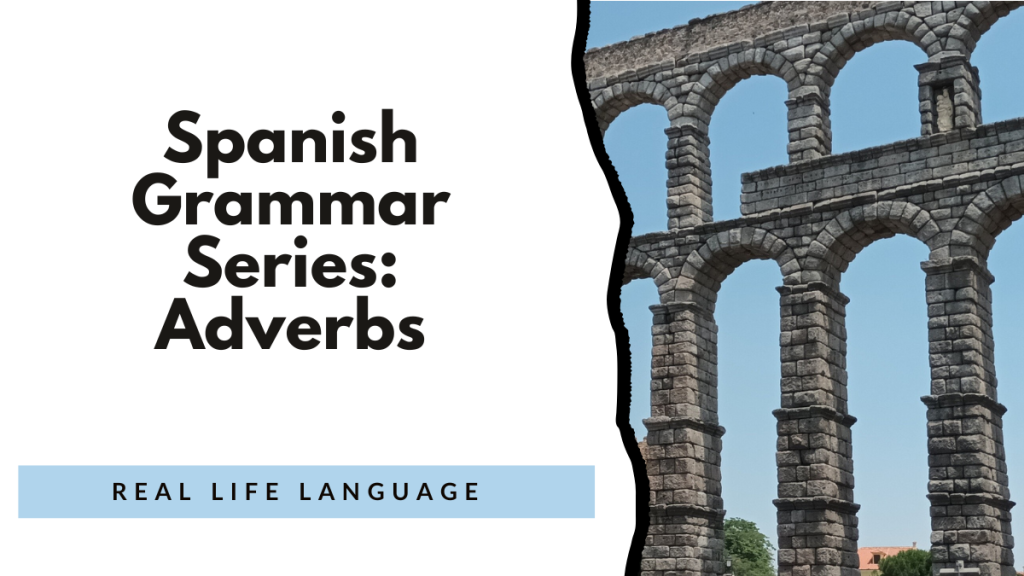The “Super Seven” Verbs in Spanish
The “Super Seven” verbs are a set of high-frequency verbs that appear constantly in everyday communication. These verbs give learners the power to express essential ideas: who they are, what they have, what they like, where they are, what they do, and what exists around them. Because they form the backbone of real, meaningful conversation, the Super Seven are often introduced early in Spanish learning. Mastering them helps students communicate naturally, build confidence, and understand the core structure of the language.
The Super Seven Verbs
| Verb | Meaning | Common Uses |
| ser | to be | identity, description, time, origin |
| estar | to be | feelings, conditions, location |
| tener | to have | possession, age, obligations |
| ir | to go | movement, future plans |
| querer | to want | preferences, desires |
| haber | there is / there are | existence, describing what exists |
| gustar | to like | expressing likes and interests |
1. SER – To Be (Permanent)
Used for identity, description, origin, time, and relationships.
| Conjugation | English |
| soy | I am |
| eres | you are (informal) |
| es | he/she/you (formal) is |
| somos | we are |
| sois | you all are (Spain) |
| son | they / you all are |
Examples:
- Soy estudiante. → I am a student.
- Ella es simpática. → She is nice.
- Son las ocho. → It’s eight o’clock.
2. ESTAR – To Be (Temporary)
Used for location, emotions, and temporary states.
| Conjugation | English |
| estoy | I am |
| estás | you are (informal) |
| está | he/she/you (formal) is |
| estamos | we are |
| estáis | you all are (Spain) |
| están | they / you all are |
Examples:
- Estoy cansado. → I’m tired.
- Estamos en casa. → We are at home.
- ¿Cómo estás? → How are you?
3. TENER – To Have
Used for possession, age, physical states, and obligations.
| Conjugation | English |
| tengo | I have |
| tienes | you have (informal) |
| tiene | he/she/you (formal) has |
| tenemos | we have |
| tenéis | you all have (Spain) |
| tienen | they / you all have |
Examples:
- Tengo hambre. → I’m hungry.
- Tienes 15 años. → You’re 15 years old.
- Tenemos que estudiar. → We have to study.
4. IR – To Go
Used for movement and future actions (with a + infinitive).
| Conjugation | English |
| voy | I go |
| vas | you go (informal) |
| va | he/she/you (formal) goes |
| vamos | we go |
| vais | you all go (Spain) |
| van | they / you all go |
Examples:
- Voy al parque. → I’m going to the park.
- Vamos a estudiar. → We’re going to study.
- Ellos van a viajar. → They’re going to travel.
5. QUERER – To Want
Used to express desires, preferences, or intentions.
| Conjugation | English |
| quiero | I want |
| quieres | you want (informal) |
| quiere | he/she/you (formal) wants |
| queremos | we want |
| queréis | you all want (Spain) |
| quieren | they / you all want |
Examples:
- Quiero comer pizza. → I want to eat pizza.
- Ella quiere un gato. → She wants a cat.
- Queremos viajar a México. → We want to travel to Mexico.
6. HABER – There Is / There Are
Used mostly as “hay” in the present tense to express existence — what there is or there are.
| Form | English |
| hay | there is / there are |
Examples:
- Hay un libro en la mesa. → There is a book on the table.
- Hay muchos estudiantes. → There are many students.
- No hay clases hoy. → There are no classes today.
Tip: Hay doesn’t change for singular or plural — it works for both!
7. GUSTAR – To Like
Used to express likes and interests, but it works differently than English.
In Spanish, the thing being liked is the subject, and the person who likes it is the indirect object.
| Structure | Translation |
| Me gusta + singular noun / verb | I like (it / doing something) |
| Me gustan + plural noun | I like (them) |
Examples:
- Me gusta el chocolate. → I like chocolate.
- Me gustan los libros. → I like books.
- ¿Te gusta bailar? → Do you like to dance?
- A ella le gusta el arte. → She likes art.
Key Tip:
The verb gustar literally means “to be pleasing” — so the sentence structure is reversed from English.
8. Why the Super Seven Matter
These seven verbs allow learners to express:
- Identity (ser)
- Location and feelings (estar)
- Possession and needs (tener)
- Movement and plans (ir)
- Desires and preferences (querer)
- Existence (haber / hay)
- Likes and interests (gustar)
With just these, learners can build hundreds of natural, communicative sentences.
They form the core of high-frequency communication and are essential for proficiency at all levels.
9. Practice: Mini Conversation Example
A: ¿De dónde eres?
(Where are you from?)
B: Soy de Chile, pero ahora estoy en México.
(I’m from Chile, but now I’m in Mexico.)
A: ¿Tienes familia aquí?
(Do you have family here?)
B: Sí, tengo una hermana. Vamos a visitarla mañana.
(Yes, I have a sister. We’re going to visit her tomorrow.)
A: ¡Qué bien! ¿Te gusta México?
(That’s great! Do you like Mexico?)
B: ¡Sí! Hay muchas cosas que hacer.
(Yes! There are many things to do.)
Building Proficiency for World Language Learners: 100+ High-Interest Activities
Discover over 100 dynamic activities to make world language learning interactive and fun. I wrote this book with some of my favorite activities for educators aiming to build proficiency with high-impact strategies.
Learn more and get your copy here.
5 Weeks of No and Low Prep Fun
Need quick, engaging activities for your class? This free guide includes 25 no-prep and low-prep ideas to save time while keeping students excited about learning.
Download your free copy now.
100s of videos to learn Spanish:

